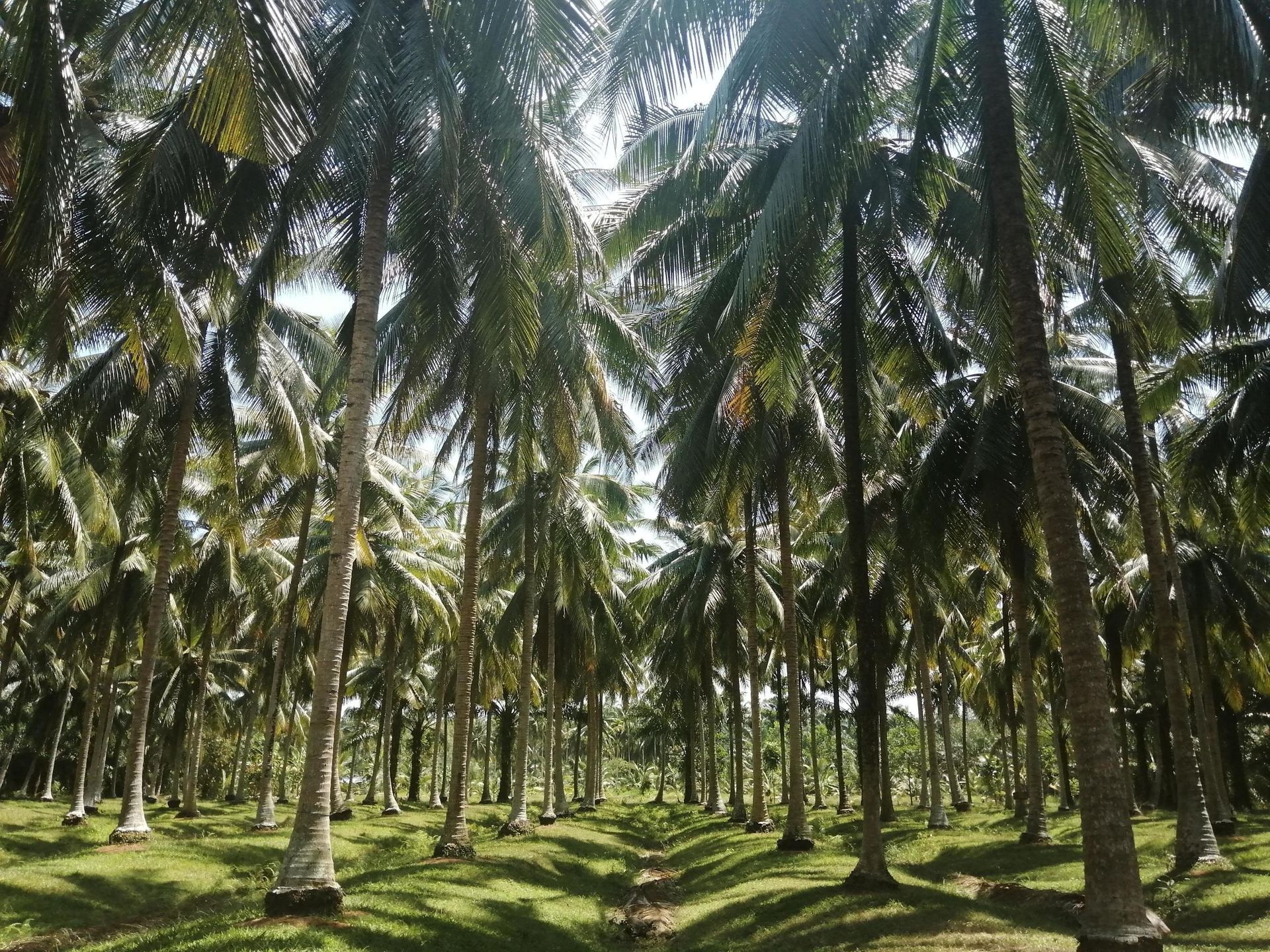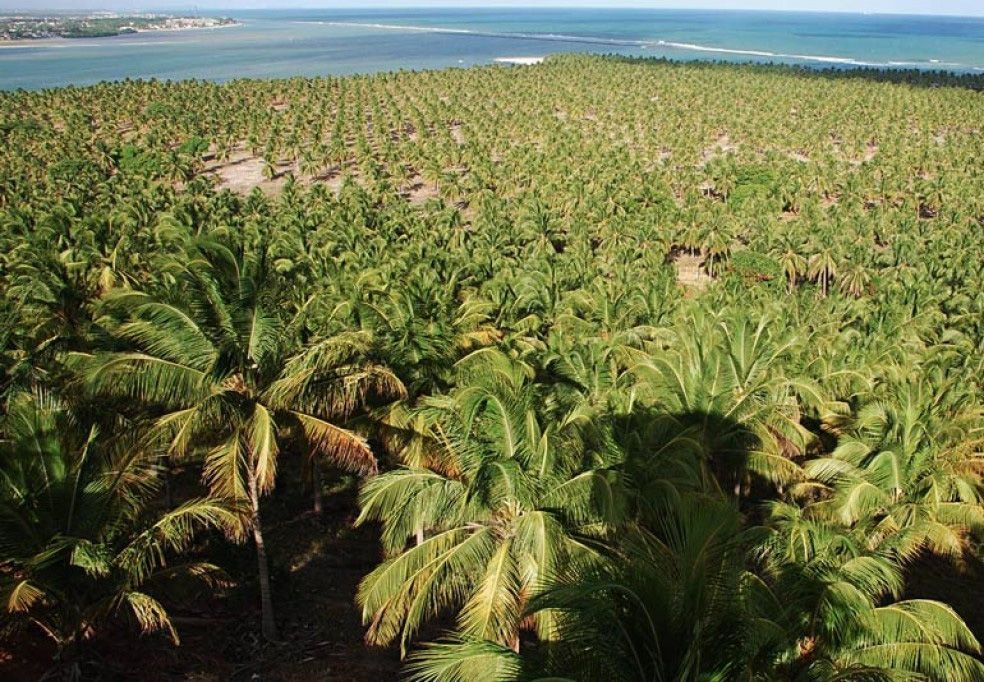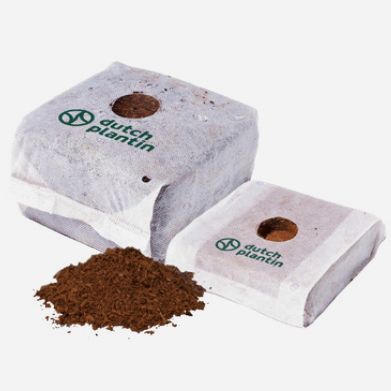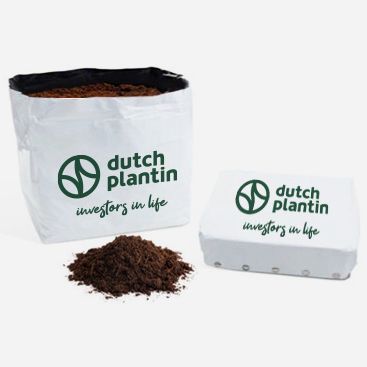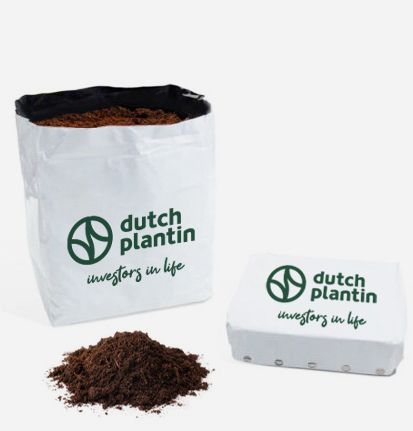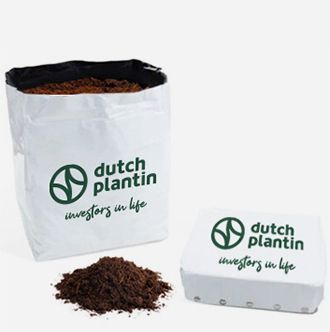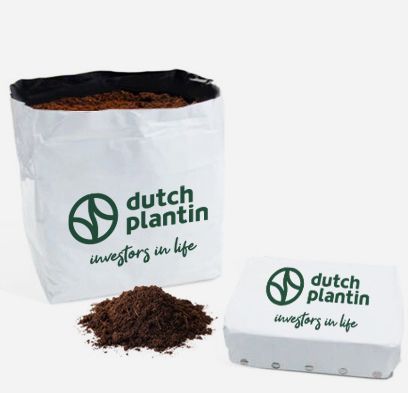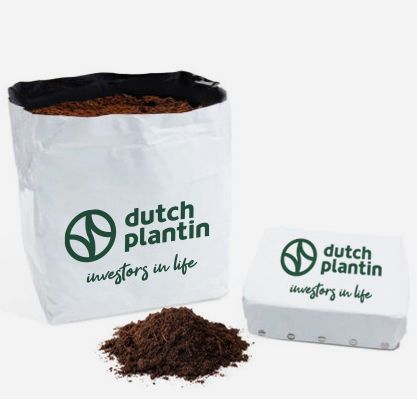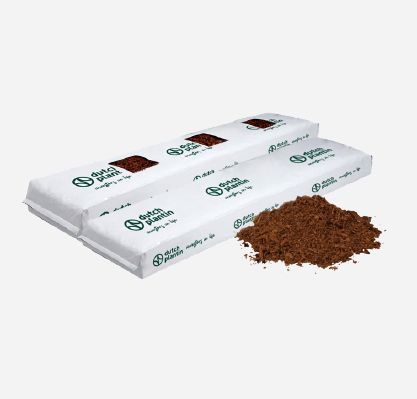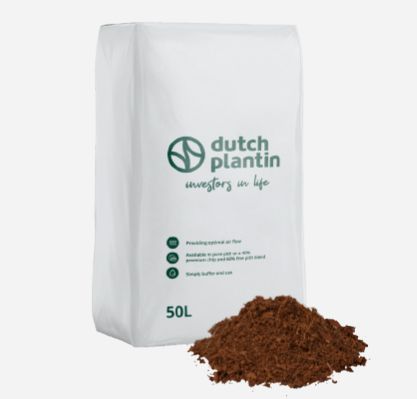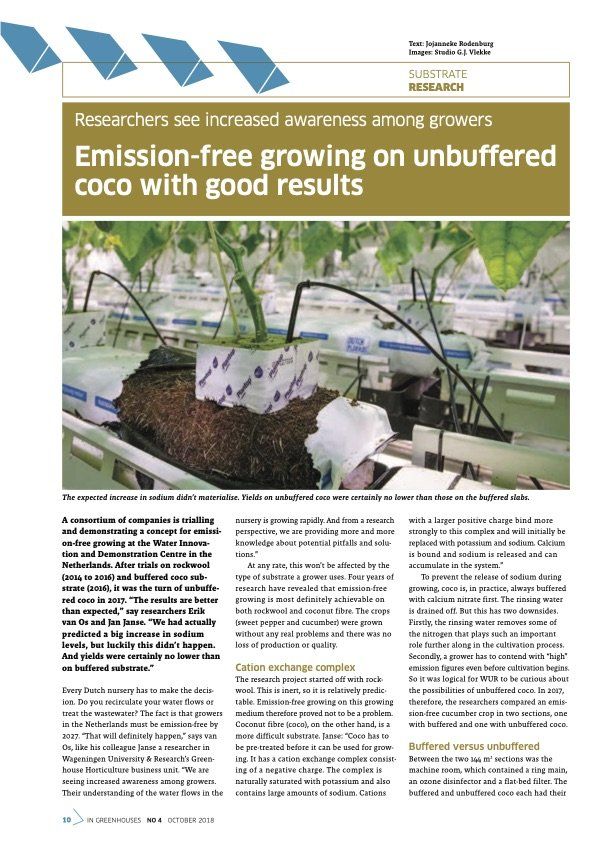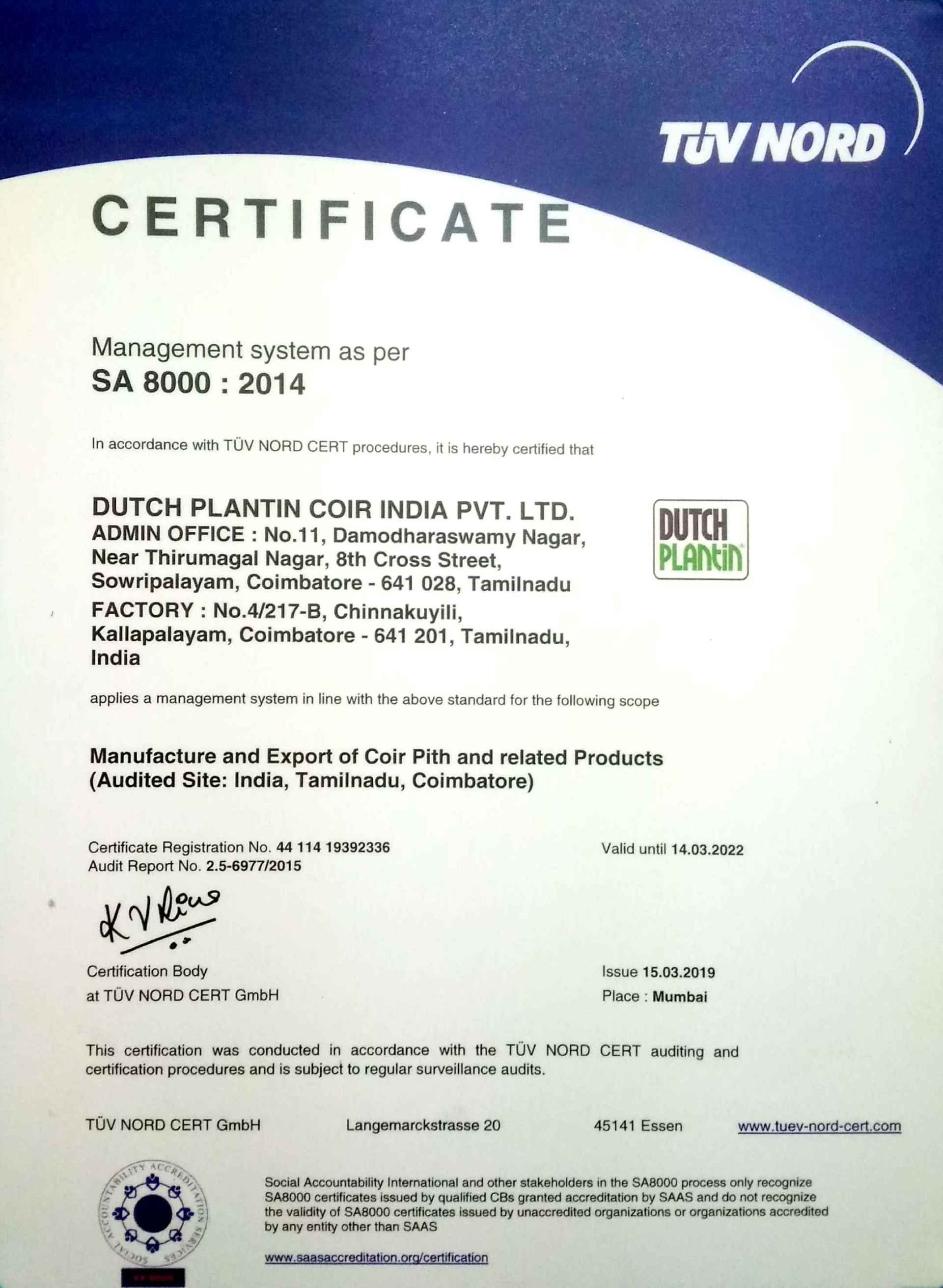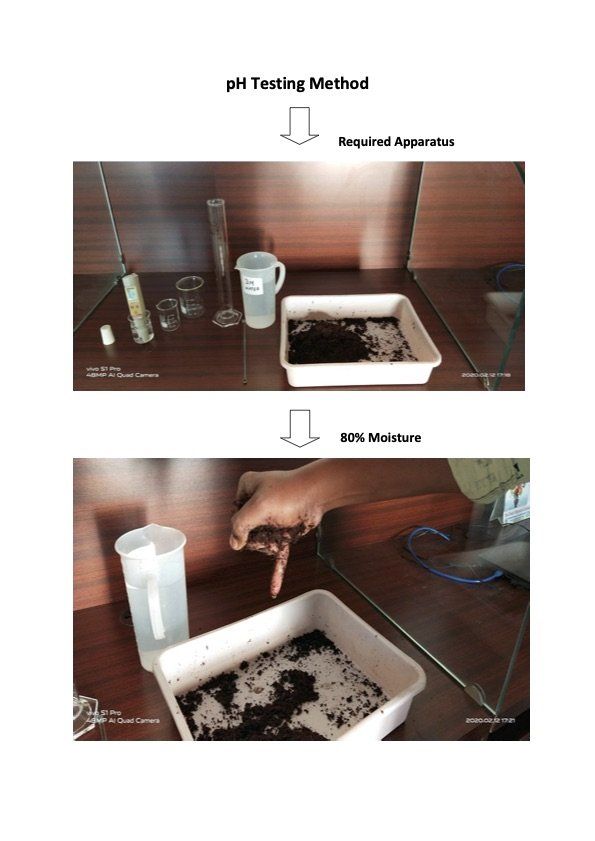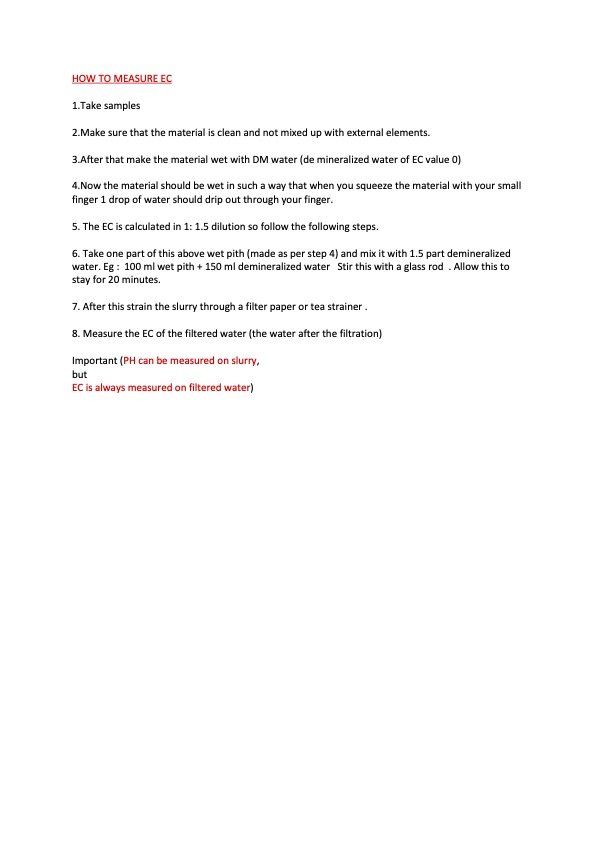Dutch Plantin produces innovative, sustainable, and customer-oriented coco substrates for the professional horticulture sector. With over 10 production sites in Asia, Africa, and the Netherlands, Dutch Plantin is the world’s largest producer of coco products.
Why Choose
Dutch Plantin?
Dutch Plantin is both a producer and a supplier, which is exceptional in the world of coco products. Dutch Plantin has fifteen modern production sites in The Netherlands, Asia, Africa, and directly supplies products to growers across the globe.
By controlling the entire production process Dutch Plantin is able to guarantee consistent quality and reliable delivery. Growers all over the world have become convinced of the unprecedented value and quality of this coco substrate.
A Dutch Plantin Open Top Series and Coco-Slabs
A Growbag With All Advantages Combined
Available Sizes
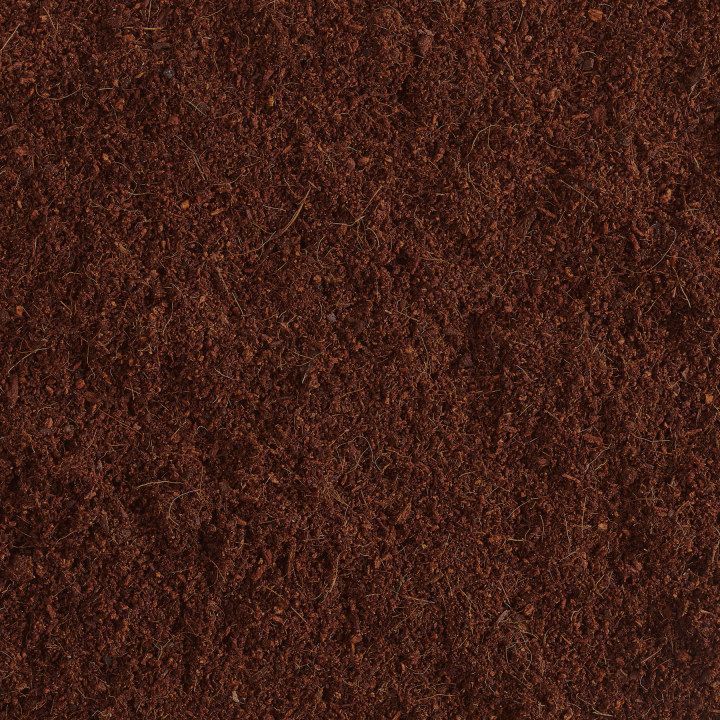
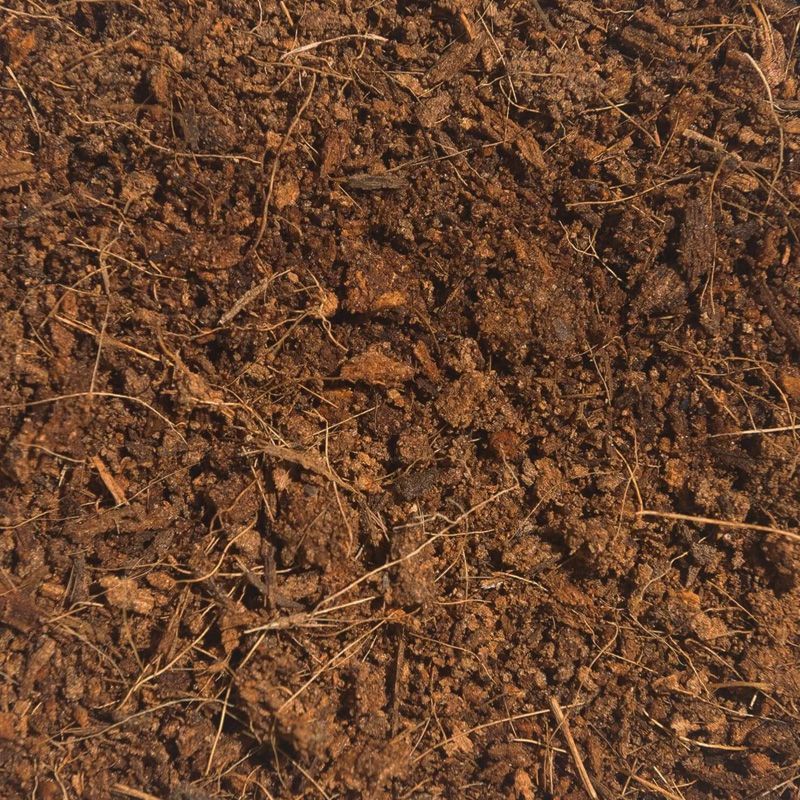
Aged vs. Fresh Coco
Coco must be ‘aged’ to boost its stability.
Coco may be unstable for horticultural use if it is too fresh or too old. It's only during cultivation that it will become apparent whether the material is stable. Steaming coco to prevent weeds is another common practice among coco manufacturers.
Research has shown the structure of coco further deteriorates when it is steamed. Enormous amounts of Dutch Plantin coco are stored in bunkers for a minimum of three months, resulting in an extremely stable product.
Dutch Plantin strictly monitors raw material production and maintains a clean environment, producing a product that is stable, consistent, and free of pests and weeds without the need for steaming.
Indian Coco vs.
Sri Lankan Coco
Dutch Plantin processes coco pith harvested from coconuts grown in regions of India located far from the sea.
Monsoons in these areas produce large amounts of rain which lowers the content of sodium, potassium, and chloride in the soil. The resulting raw materials for Dutch Plantin coco are significantly lower in these harmful salts compared to coconut husk harvested in coastal Sri Lanka.
Compared to Indian Coco, growers often find coco from Sri Lanka to be less reliable as a horticultural substrate.
